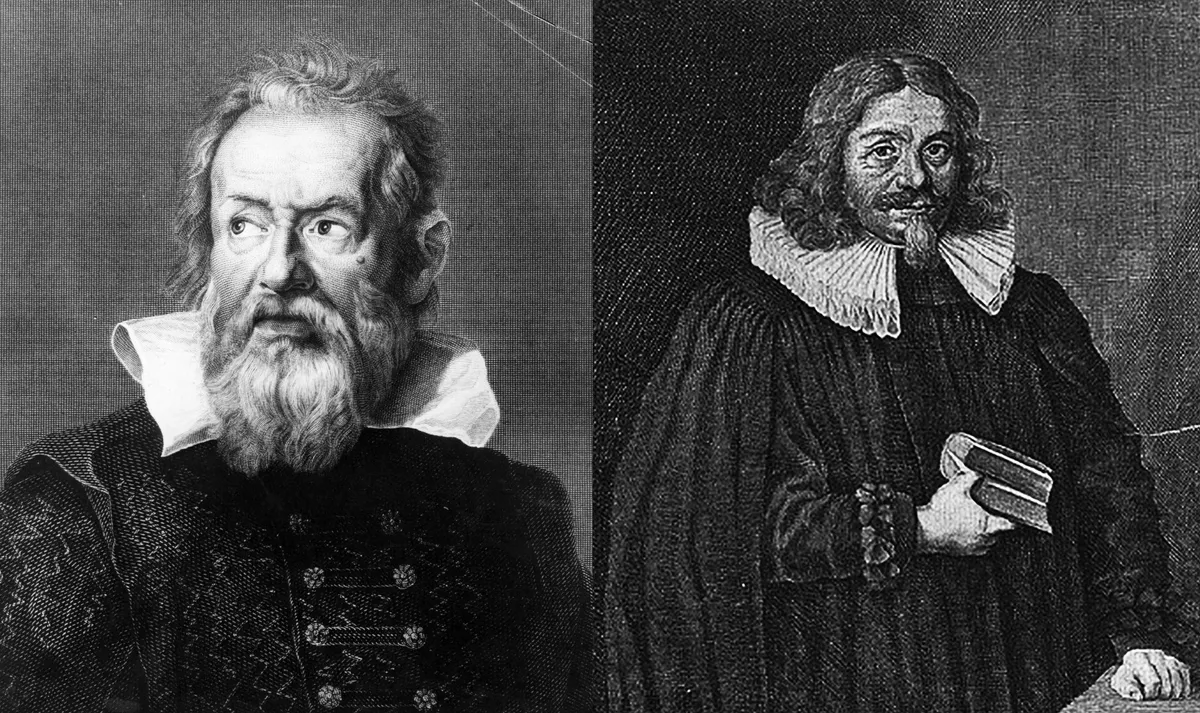Caused by magnetic storms breaking through the Sun’s surface, these relatively cool patches appear as black spots that seem to move across the Sun’s disc. They are sometimes so large they can be seen with the naked eye through thin cloud or at sunset. As such, their existence has probably been known about since prehistoric times, and Chinese astronomers kept records of them over 2,000 years ago.
However, the true nature of sunspots only became clear with the advent of modern astronomy in the early 17th Century. Belief in the Ancient Greek model of a perfect Universe was still widespread, making the very existence of ‘blemishes’ on the Sun deeply controversial. In 1611, the Jesuit scholar Christoph Scheiner insisted they were moons in orbit around the otherwise pristine Sun. Galileo was unconvinced, and argued for clouds in the solar atmosphere.

The first person to show the sunspots were features on the Sun itself was a German astronomer named Johannes Fabricius. Using a pinhole camera, he observed clusters of sunspots for months, showing that they vanished over the Sun’s western edge, then appeared again two weeks later on the other side. This confirmed they were part of the Sun’s rotating surface – and made Fabricius the first solar scientist.
Subscribe to BBC Focus magazine for fascinating new Q&As every month and follow @sciencefocusQA on Twitter for your daily dose of fun science facts.